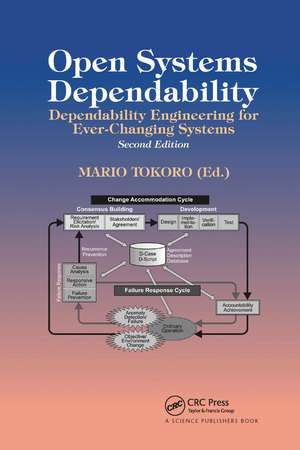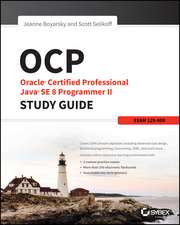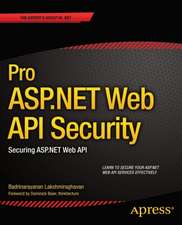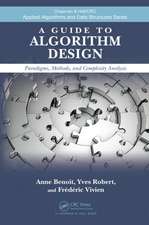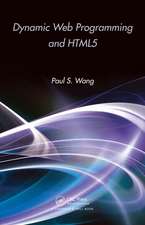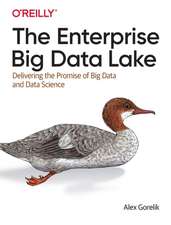Open Systems Dependability: Dependability Engineering for Ever-Changing Systems, Second Edition
Editat de Mario Tokoroen Limba Engleză Paperback – 18 dec 2020
| Toate formatele și edițiile | Preț | Express |
|---|---|---|
| Paperback (1) | 266.68 lei 6-8 săpt. | |
| CRC Press – 18 dec 2020 | 266.68 lei 6-8 săpt. | |
| Hardback (1) | 822.23 lei 6-8 săpt. | |
| CRC Press – 16 iun 2015 | 822.23 lei 6-8 săpt. |
Preț: 266.68 lei
Preț vechi: 390.67 lei
-32% Nou
Puncte Express: 400
Preț estimativ în valută:
51.04€ • 55.42$ • 42.87£
51.04€ • 55.42$ • 42.87£
Carte tipărită la comandă
Livrare economică 23 aprilie-07 mai
Preluare comenzi: 021 569.72.76
Specificații
ISBN-13: 9780367738174
ISBN-10: 0367738171
Pagini: 288
Dimensiuni: 156 x 234 mm
Greutate: 0.53 kg
Ediția:2
Editura: CRC Press
Colecția CRC Press
Locul publicării:Boca Raton, United States
ISBN-10: 0367738171
Pagini: 288
Dimensiuni: 156 x 234 mm
Greutate: 0.53 kg
Ediția:2
Editura: CRC Press
Colecția CRC Press
Locul publicării:Boca Raton, United States
Cuprins
Introduction. Open Systems Dependability. The DEOS Technology. D-Case: Building Consensus and Achieving Accountability. D-Case Tools. D-Case Integrity Checking and Formal Assurance Case. D-RE: The DEOS Runtime Environment Runtime Environment. D-Script: System Operation Based on D-Case Agreement. D-ADD—The Agreement Description Database. Toward Standardization of Open Systems Dependability. Concluding Remarks. Appendix. Index.
Descriere
The book describes a fundamentally new approach to software dependability, considering a software system as an ever-changing system due to changes in service objectives, users’ requirements, standards and regulations, and to advances in technology. Such a system is viewed as an Open System since its functions, structures, and boundaries are cons
